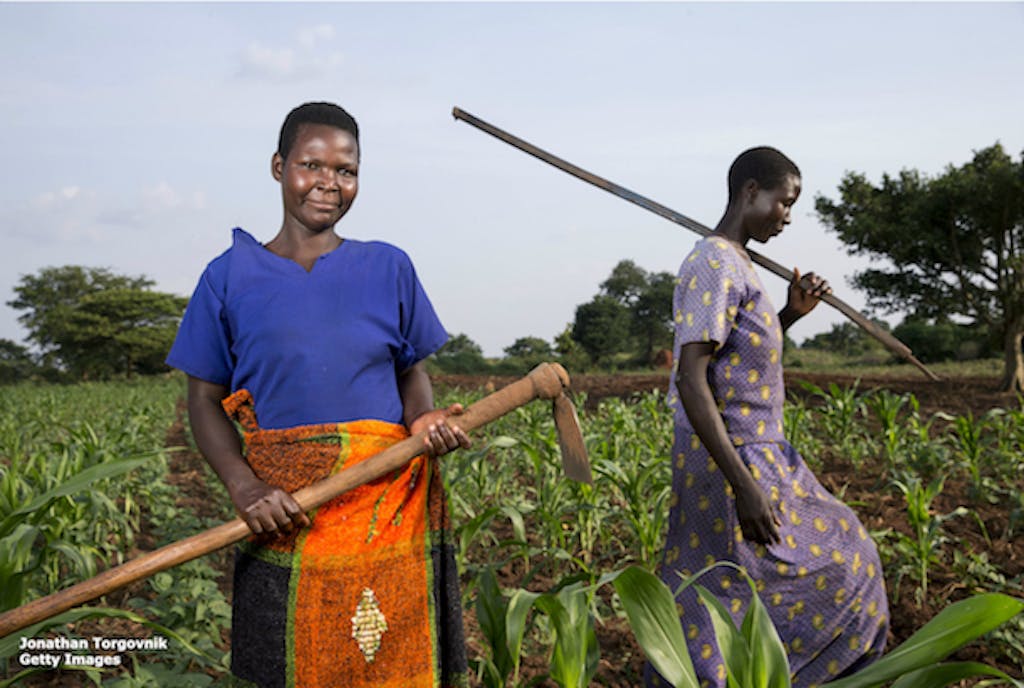
Rural women and girls – and what is needed to ensure their progress – are the focus of this year’s UN Commission on the Status of Women (CSW). One area that must get attention is data. To improve the lives of women and girls in rural areas, we need to improve how we collect and produce data.
The UN Secretary-General’s report for CSW recognizes an important reciprocal relationship between data systems and development outcomes – a connection that has been underlined repeatedly since the Sustainable Development Goals called for an accompanying data revolution.
We know from the data we do have that rural women constitute one of the groups left furthest behind, lagging behind both men and urban women in nearly every gender equality and development indicator.
But we also know that we do not have nearly enough data about the nuances of rural women’s lives to inform innovative policies and programs to achieve better outcomes.
Improving data on rural women therefore has the potential to do two things: address key data gaps on a sizeable proportion of the world’s population and achieve positive development outcomes for one of the world’s most disadvantaged groups.
At Data2X, we believe that having data that accurately reflects the lives of all people is critical as it will help ensure that policies and programs adequately cater for the needs of both women and men.
However, we need a new approach to data production – one that recognizes that we need more and better data because we currently systematically miss vital information on large sections of the population. If we don’t improve data production, the economic and social measures called for by the Secretary-General’s report and discussed at the Commission on the Status of Women will continue to leave rural women and girls behind.
For rural women, more data means working within the parameters of existing data collection exercises to ensure that data is sex-disaggregated where possible, that sampling techniques don’t have inherent biases, or that methods of data collection won’t accidentally overlook women’s activities.
Our Women’s Work and Employment Partnership recognizes that work for which women are predominantly responsible (such as unpaid work like cooking and child care) is often missed by traditional data collection. That is why the partnership is pursuing improvements in measurements that will properly count all forms of paid and unpaid work. You can read our report and country case studies on the power of time use surveys to make women’s unpaid care work visible and countable here.
Better data on rural women requires the statistical community to think much more deeply about our global data system that, until recently, we might have considered gender-neutral.
This requires us to question the topics that we deem worthy of data collection, how often and how well we collect data on issues that particularly impact rural women and girls, and whether we can disaggregate data to reflect divergent experiences of women by age, income, disability status, and more.
We must also consider new methods of data collection to reach populations and collect data on topics that we previously considered out of our reach, as well as examine the technical minutiae of statistical classifications and the global guidance that governs data production.
The Commission on the Status of Women offers a welcome opportunity to bring together issues that we care about deeply at Data2X: improving the data system to ensure that it captures the lives of all people, especially the women and girls who are currently missed.
But rather than trying to incorporate rural women into a data system that does not see them, we must explore structural shifts to ensure that the entire population is reflected, their activities are counted, and that the outcomes of groups left furthest behind are prioritized and improved.



 View All Blog Posts
View All Blog Posts